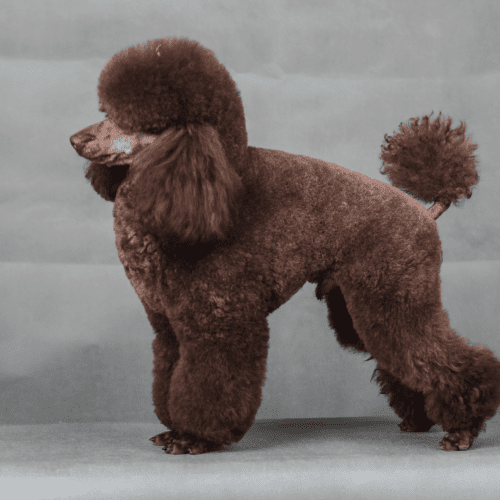There are a variety of pure dog breeds that don’t fit into the typical “sporting dog breed” or “working dog breed” categories. These dogs are often called “non-sporting” because they don’t have a specific job or task to do like herding sheep or retrieving birds. Non-sporting dogs can make great pets, and they come in all shapes and sizes.
Step into the world of non-sporting dog breeds, where diverse canine companions await your exploration. From the elegant and regal to the quirky and unique, these dogs possess a charm that captivates the hearts of many.
But what exactly defines a non-sporting dog breed? What sets them apart from their athletic counterparts? As you delve deeper into this discussion, you will uncover the origins, uses, and fascinating facts surrounding these captivating canines.
Prepare to be intrigued, for the world of non-sporting dogs holds countless surprises waiting to be discovered.
The Non-sporting dog breed is a diverse group of canines that don’t fit into any specific category based on their historical purpose or function. These dogs come in different sizes, shapes, and temperaments, making them a unique and varied group. Non-sporting dog breeds have distinct characteristics and traits that set them apart from other types of dogs.
Some popular non-sporting dog breeds include the Poodle, Bulldog, Dalmatian, Bichon Frise, and Shih Tzu. These breeds have gained popularity as family pets due to their friendly and sociable nature. They’re known for their adaptability and ability to get along well with children and other pets.
When it comes to training non-sporting dog breeds, it’s important to use positive reinforcement methods. These dogs respond well to treats, praise, and consistent training. Patience is key, as some non-sporting breeds can be stubborn. Consistency and repetition in training sessions will help them learn and understand commands.
Non-sporting dogs also excel in the show ring. Breeds like the Poodle and Dalmatian have a long history of success in dog shows. Their unique looks and personalities make them stand out and capture the attention of judges.
Non-sporting dogs stand apart from other breeds due to their diverse characteristics and lack of a specific historical purpose or function. These unique characteristics make them a popular choice for many families. Non-sporting breeds come in all shapes and sizes, ranging from small and compact to large and elegant. They’ve different temperaments, energy levels, and exercise requirements. While some non-sporting dogs are active and require regular exercise, others are more laid-back and content with a leisurely walk.
Non-sporting dogs make excellent family pets due to their adaptability and friendly personalities. They’re known for being great with children and are often described as being affectionate and loyal. However, it’s essential to note that not all non-sporting breeds are suitable for every family. Some may have specific needs or require experienced owners.
When it comes to grooming, non-sporting breeds have varying needs. Some have low-maintenance coats that only require occasional brushing, while others have high-maintenance coats that need regular grooming sessions. Choosing a breed that matches your grooming abilities and preferences is crucial.
Health issues commonly seen in non-sporting dogs include allergies, skin problems, and respiratory issues. Regular veterinary check-ups and a healthy diet can help prevent and manage these conditions.
With their diverse characteristics and lack of a specific historical purpose or function, the Non-sporting Dog group includes a wide variety of breeds. Some popular non-sporting dog breeds include the Bulldog, Poodle, Dalmatian, and Shih Tzu. Each of these breeds has its own unique characteristics that make them stand out.
For example, the Bulldog is known for its sturdy build and distinctive wrinkled face, while the Poodle is recognized for its curly, hypoallergenic coat. Dalmatians are famous for their spots and energetic nature, while Shih Tzus are prized for their long flowing hair and friendly disposition.
Non-sporting dogs make excellent pets due to their diverse personalities and adaptability. They’re often known for their friendly and sociable nature, making them great companions for individuals and families alike. Additionally, their wide range of sizes and temperaments means that there’s a non-sporting breed to suit every household.
In competitions, non-sporting dogs often excel in events such as obedience trials and dog shows. Their intelligence and trainability make them well-suited to these types of competitions. Whether it’s showcasing their unique appearance or demonstrating their impressive skills, non-sporting dogs have a place in the competitive dog world.
Originating from various regions around the world, non-sporting dogs have a rich and diverse history. These breeds have evolved and developed unique traits through centuries of selective breeding.
The origin of non-sporting dogs can be traced back to different countries and cultures, each contributing to the breed’s distinctive characteristics.
The evolution of non-sporting dogs began when humans first domesticated wolves thousands of years ago. Over time, specific traits were selectively bred to create dogs that served different purposes. Some non-sporting breeds were originally bred for companionship and served as lapdogs for nobility, while others were bred for specific tasks such as herding or guarding.
The popularity of non-sporting dogs grew as they became valued for their distinct traits and abilities. They were favored by royalty and the upper class, and their popularity spread globally. Today, non-sporting breeds are cherished for their diverse appearances, temperaments, and suitability for various lifestyles.
Breeding practices have played a crucial role in shaping the non-sporting group. Breeders carefully selected dogs with desired traits, such as size, coat type, and temperament, to create specific breeds within this group. These breeding efforts have resulted in a wide variety of non-sporting dogs, each with its own unique set of characteristics.
Non-sporting dogs have been utilized by humans for a wide range of purposes. These versatile breeds have proven to be valuable in various roles, such as therapy dogs, service dogs, and companionship dogs.
Therapy dogs are trained to provide comfort and support to individuals in hospitals, nursing homes, and other healthcare settings. Their calm and gentle nature makes them ideal for helping people cope with stress, anxiety, and loneliness.
Service dogs, on the other hand, are specifically trained to assist individuals with disabilities. They can perform tasks such as guiding the visually impaired, alerting the hearing impaired to sounds, and providing mobility assistance for those with physical limitations. These non-sporting breeds excel in their intelligence, adaptability, and willingness to learn, making them well-suited for service work.
In addition to their therapeutic and service roles, non-sporting dogs are also highly sought after as companions. Their friendly and affectionate nature makes them perfect for individuals or families looking for a loyal and loving pet. Non-sporting dog training focuses on obedience, socialization, and basic commands to ensure these dogs can fit seamlessly into their owners’ lives.
The popularity of non-sporting dog breeds continues to grow as more people recognize the unique qualities and versatility they bring to different roles. Whether it’s providing comfort, assistance, or companionship, non-sporting dogs have proven time and again their valuable contributions to the lives of humans.
People from all walks of life connect with non-sporting dogs due to their versatile nature and friendly disposition. Non-sporting dog owners have a variety of personality traits, but one commonality is their appreciation for dogs that aren’t focused on specific tasks or sports.
Non-sporting dogs are well-suited for urban environments, making them a popular choice for city dwellers. They can adapt to apartment living and are generally smaller in size, requiring less space and exercise compared to other breeds.
Non-sporting dogs are also great companions for families with children. They’re known for being patient, gentle, and tolerant, making them excellent playmates and protectors for kids.
When it comes to grooming, non-sporting dog breeds have varying needs. Some require regular professional grooming, while others have low-maintenance coats that can be easily managed with regular brushing.
Finally, non-sporting dogs are often used as therapy or service animals due to their calm and friendly demeanor. They provide emotional support, assist with physical tasks, and bring joy to those in need.
Non-sporting dogs truly have something to offer for everyone, regardless of their background or lifestyle.
With their adaptable nature and gentle temperament, non-sporting dogs offer a range of unique qualities and characteristics. These dogs have interesting characteristics that set them apart from other breeds. They come in various shapes, sizes, and coat types, making them visually appealing and diverse.
Non-sporting dogs have different temperaments and behaviors depending on the breed. Some are known to be outgoing and friendly, while others can be more reserved and independent. Training and socialization are crucial for non-sporting dogs to ensure they develop good manners and behavior.
These dogs require regular exercise and mental stimulation to prevent boredom and destructive behaviors. Health and grooming needs vary among non-sporting breeds, but most require regular grooming to maintain their coats.
Popular non-sporting dog breeds include the Bulldog, Poodle, Dalmatian, and Shiba Inu. Each breed has its own unique qualities and characteristics that make them appealing to different types of owners.
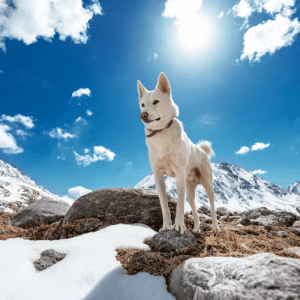


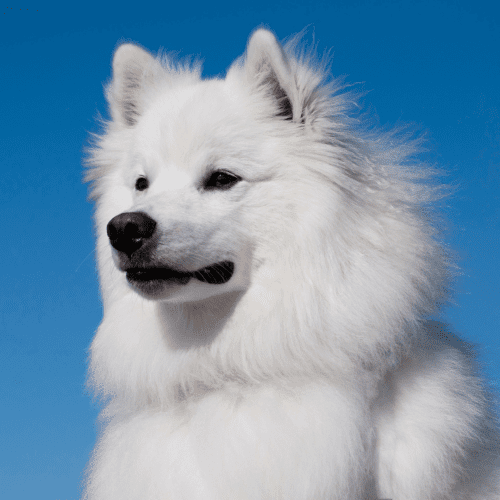
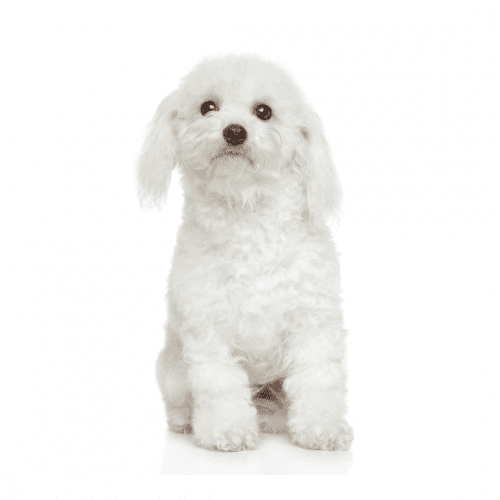


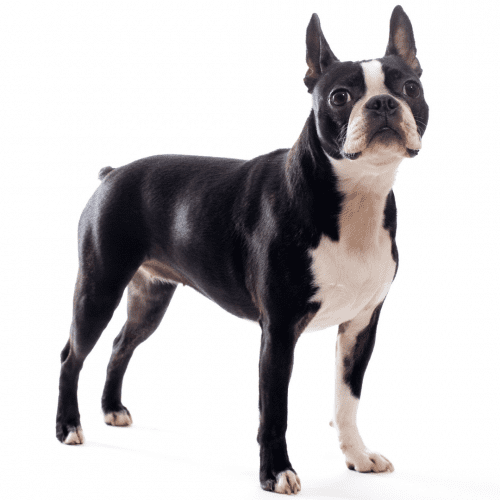

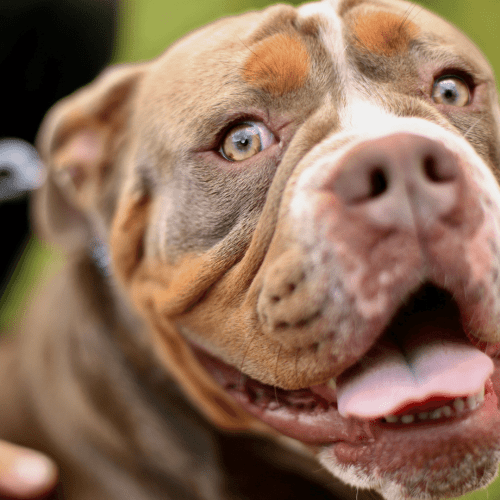
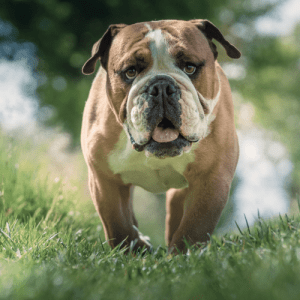
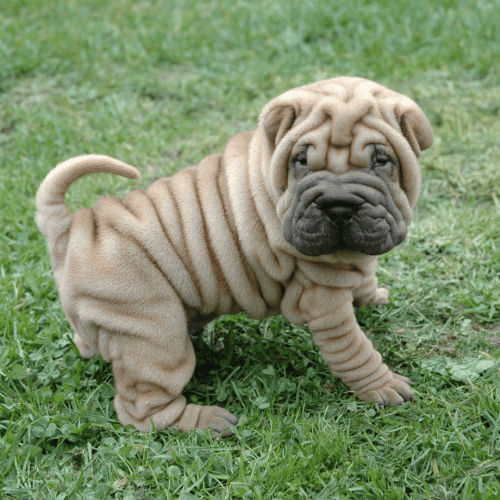
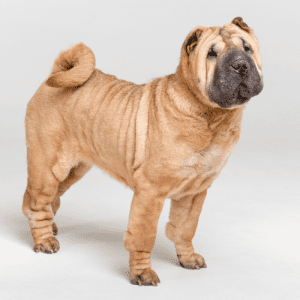
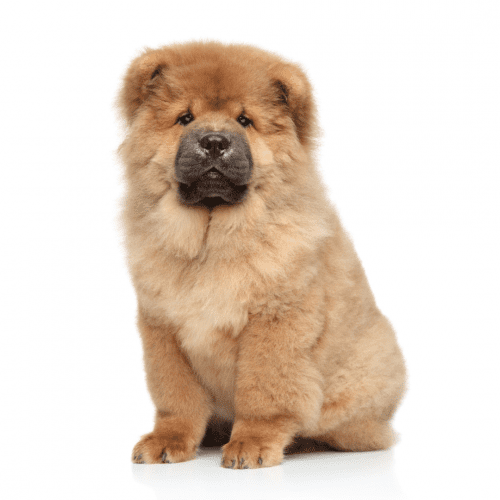

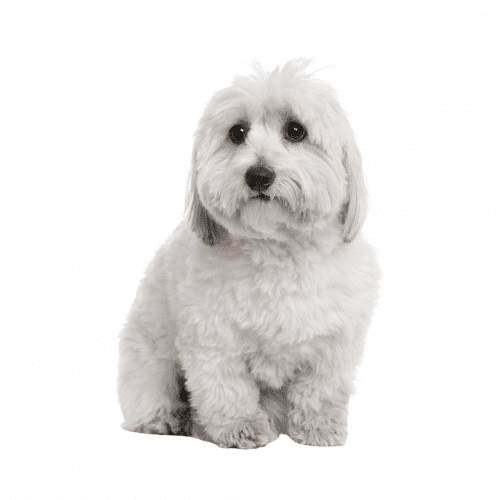
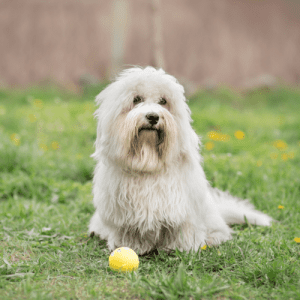
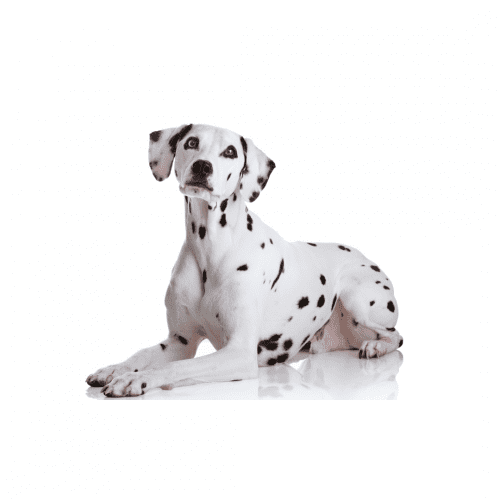

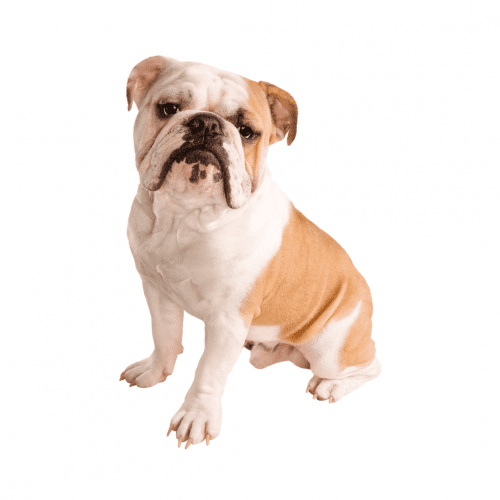

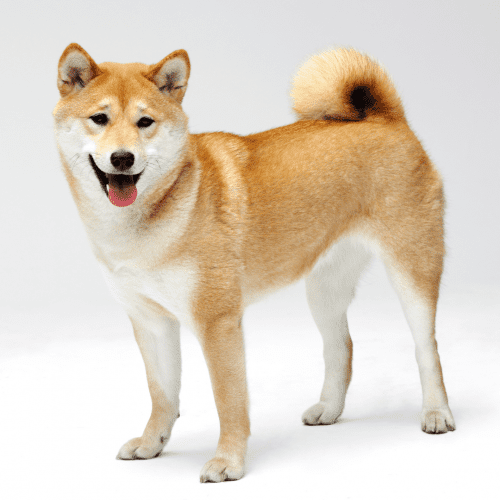

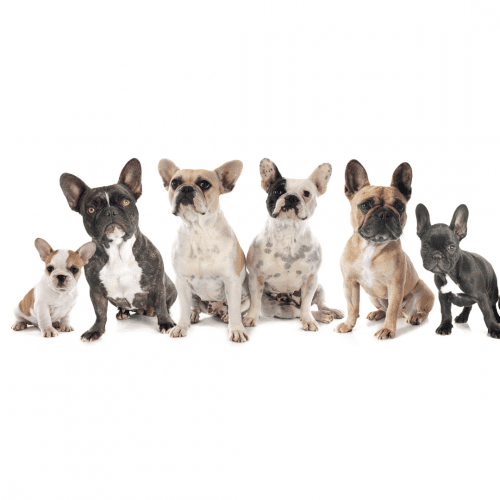

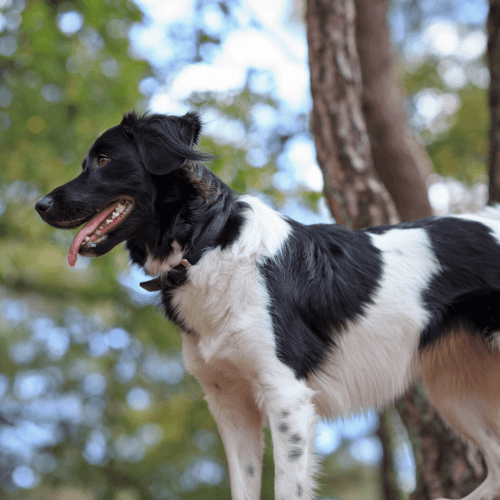
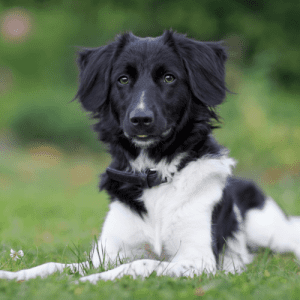
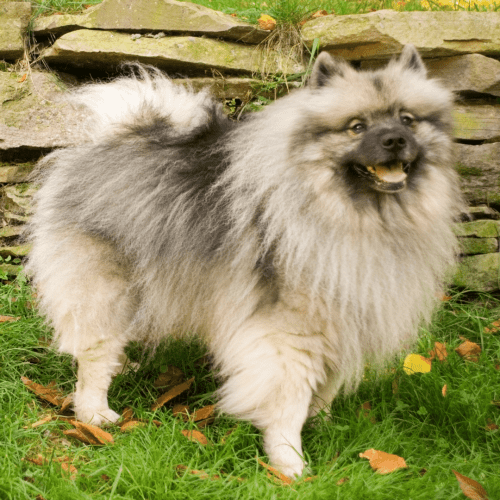

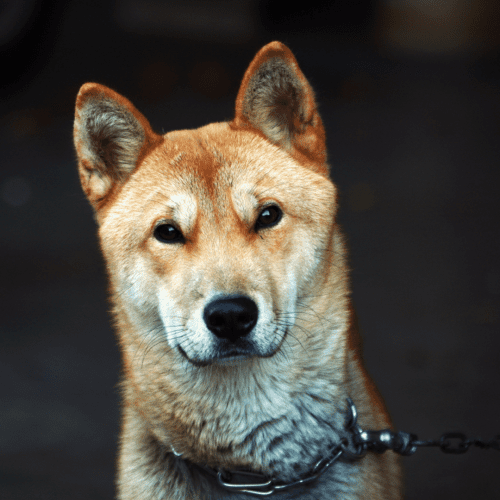
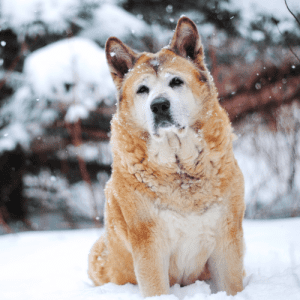
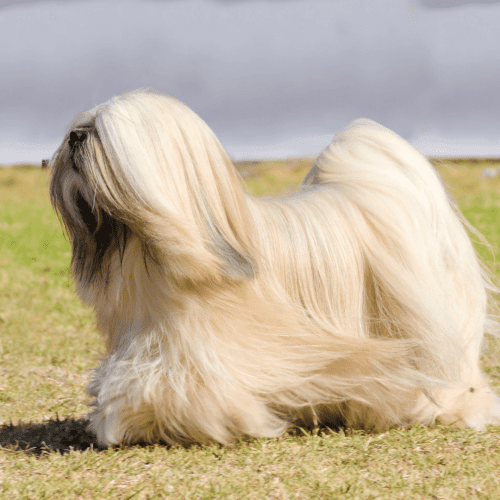

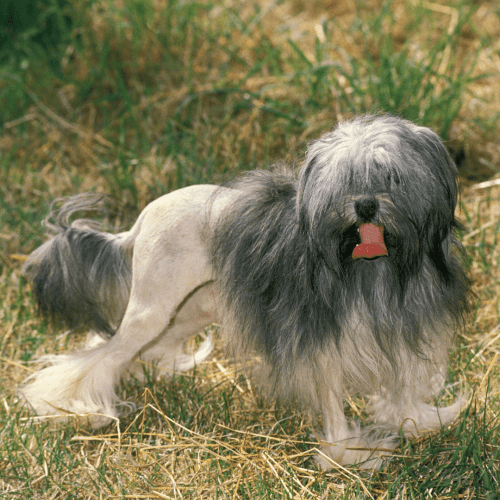

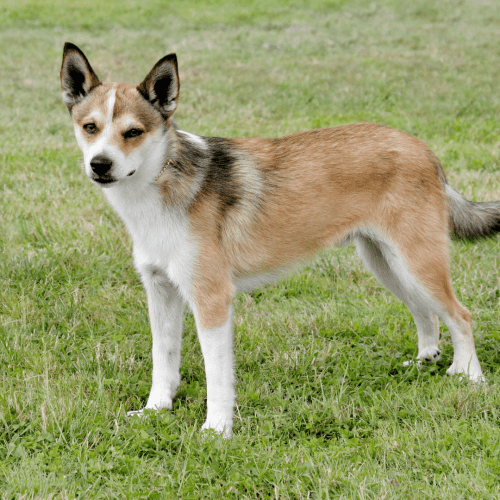

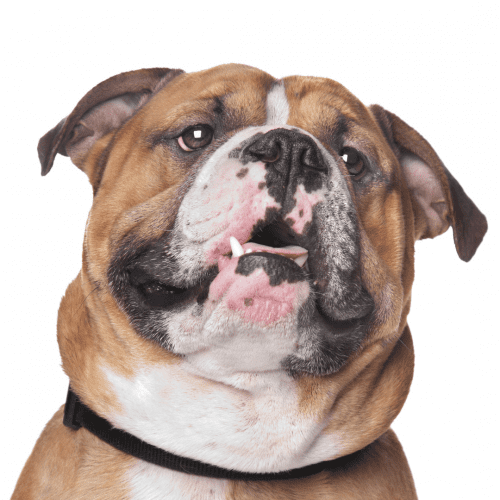
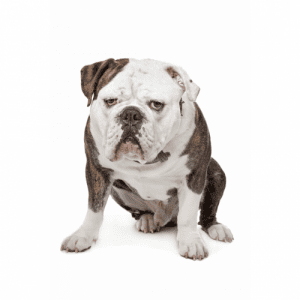
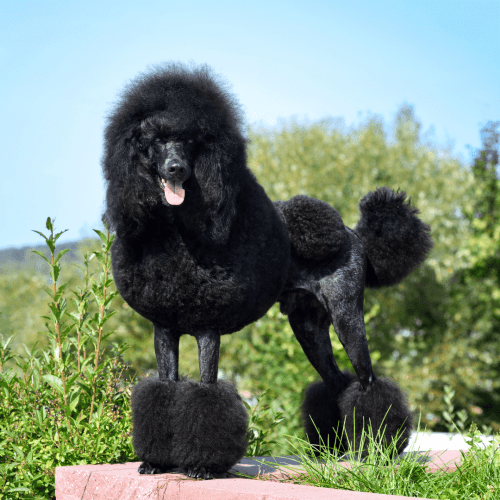

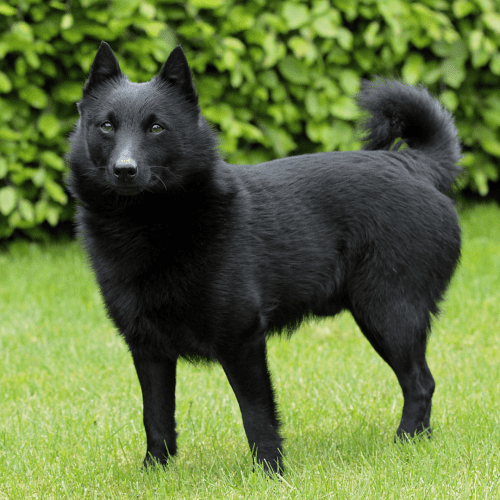

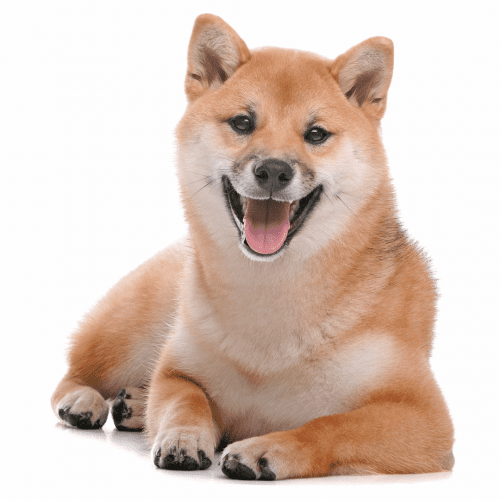
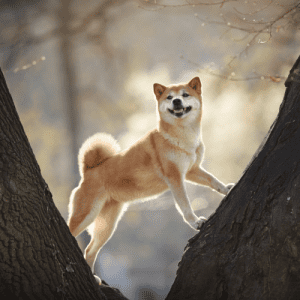 What Is The History Of The Shiba Inu Dog Breed?
What Is The History Of The Shiba Inu Dog Breed?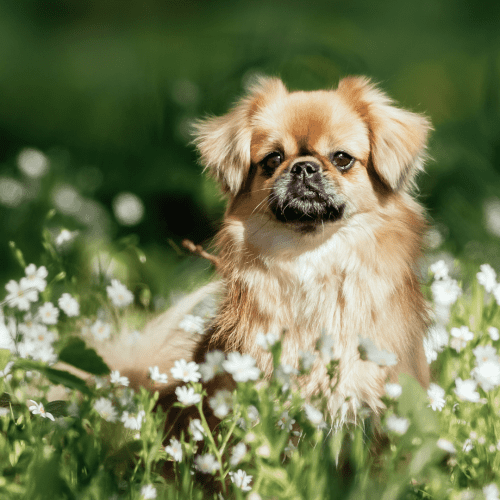

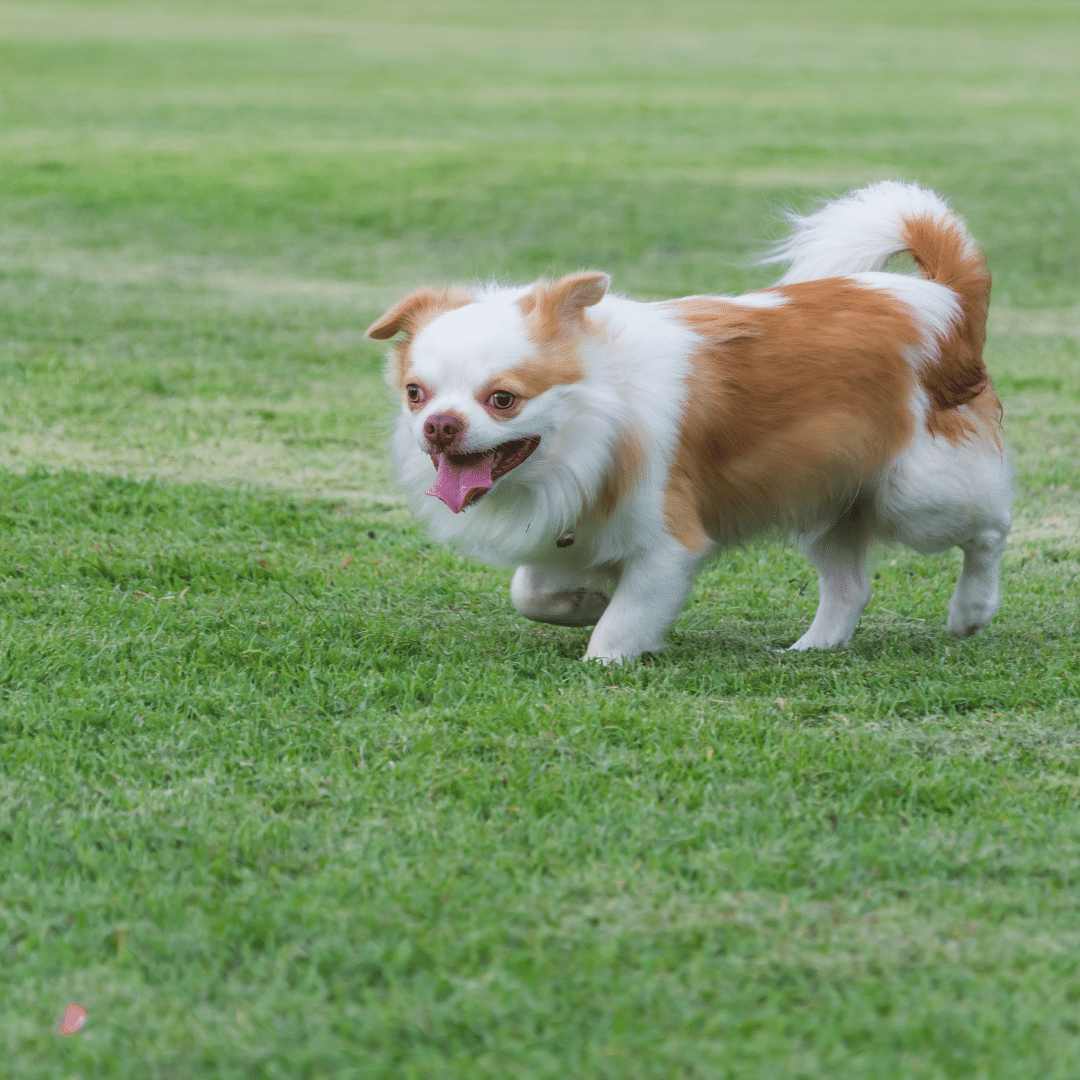 Dog?
Dog?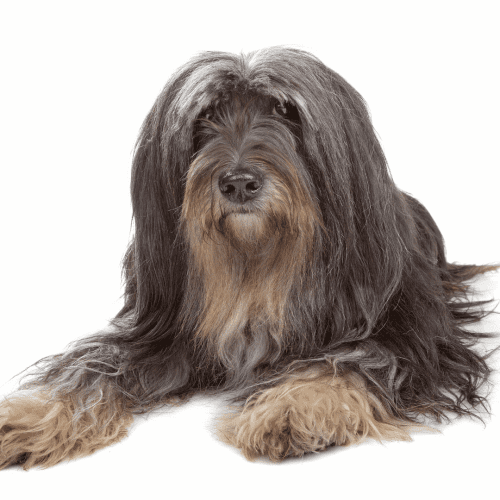

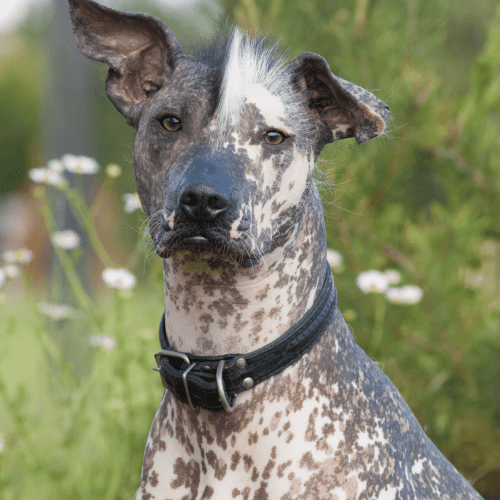
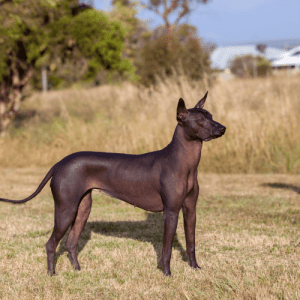 What Is The History Of The Xoloitzcuintle Dog Breed (aka Xoloitzcuintli, Mexican Hairless)?
What Is The History Of The Xoloitzcuintle Dog Breed (aka Xoloitzcuintli, Mexican Hairless)?